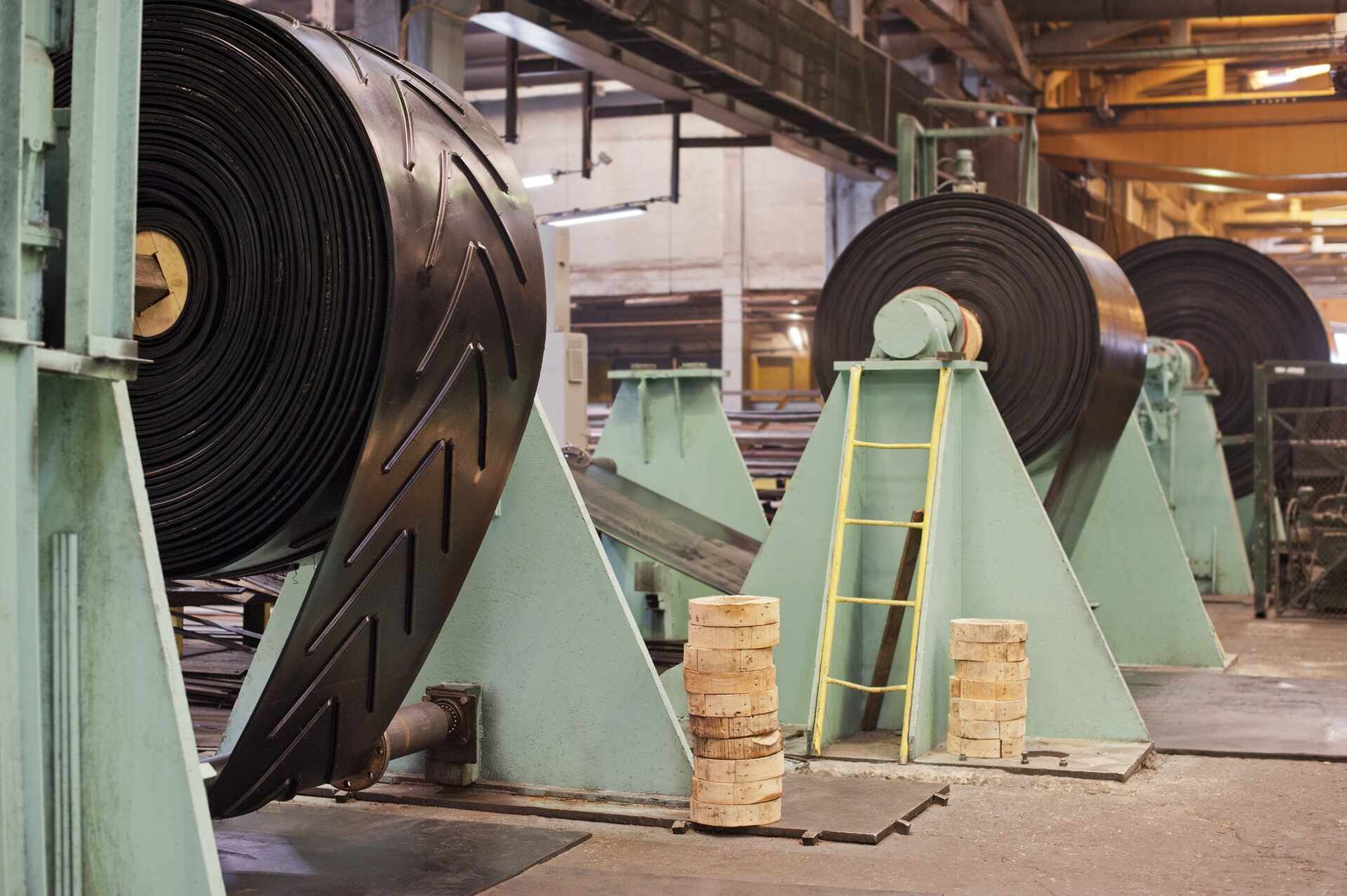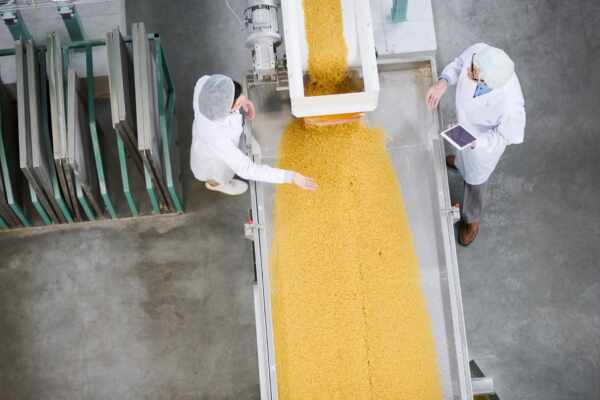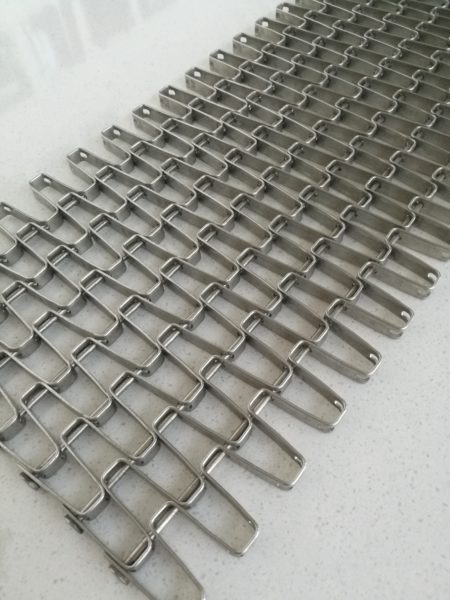In the fast-paced world of manufacturing, conveyor belts play a crucial role in ensuring the seamless movement of materials and products from one point to another. As a result, maintaining their optimal performance is essential for keeping daily operations running smoothly and efficiently. Conveyor belts, just like any other equipment, are subject to wear and tear, and when an issue arises, it’s crucial to make timely decisions on whether to repair or replace your conveyor belt.
Deciding between repairing or replacing a conveyor belt can be a challenging and complex task, as various factors need to be taken into consideration. In many cases, prompt but economical solutions are required to minimise downtime and maintain productivity. However, sometimes investing in new equipment may be the most cost-effective option in the long run, ensuring a higher return on investment and enhanced system performance.
In this blog post, we will explore the pros and cons of repairing and replacing conveyor belts, providing a comprehensive guide to help you make informed decisions that will benefit your manufacturing operations. We will delve into the factors to consider when assessing your conveyor belt’s condition, including the extent of damage, the age of the equipment, and overall operational efficiency.
Conveyor Belt Repair vs. Replacement: Making the Right Decision for Your Manufacturing Operations
1. Factors to Consider When Assessing Conveyor Belt Condition
When deciding whether to repair or replace a conveyor belt, it’s essential to evaluate its overall condition by considering several key factors:
– Extent of damage: First and foremost, assess the extent and nature of the damage to your conveyor belt. Minor issues, such as small tears or worn areas, can often be addressed with cost-effective repairs. However, more extensive damage or recurring problems may indicate the need for a full replacement.
– Age and expected lifespan: Take into account the age of your conveyor belt and its expected service life. Older belts that are nearing the end of their lifespan may be more prone to frequent breakdowns and costly repairs, making replacement a more viable option in the long run.
– Operational efficiency: Determine whether your conveyor belt is still able to support the efficiency and productivity of your manufacturing operations. If you find that the belt is causing bottlenecks or hindering overall output, it may be more advantageous to invest in a new conveyor belt.
2. The Advantages and Disadvantages of Repairing Conveyor Belts
Repairing a conveyor belt can provide several benefits, including:
– Lower initial costs: In many cases, repairs can be more cost-effective than a full replacement, especially when the damage is minor and can be quickly addressed.
– Reduced downtime: Prompt repairs can help minimise disruption to your operations and maintain productivity levels.
– Sustainable approach: Repairing, rather than replacing, a conveyor belt can be more environmentally friendly as it helps to reduce waste associated with disposing of old equipment.
However, there are some downsides to repairing conveyor belts:
– Short-term solution: Repairing a damaged conveyor belt may only offer a temporary fix, particularly if the issue is likely to recur or if the belt is nearing the end of its lifespan.
– Risk of further issues: Continuing to use a damaged or worn belt can result in additional wear and tear or more significant problems, ultimately leading to increased downtime and repair costs in the long run.
3. The Advantages and Disadvantages of Replacing Conveyor Belts
Opting for a full conveyor belt replacement can provide several benefits:
– Increased efficiency: A new conveyor belt is likely to offer improved performance, leading to increased productivity and operational efficiency in your manufacturing facilities.
– Longer service life: A new belt should have a longer lifespan, reducing the risk of frequent breakdowns and ensuring a greater return on investment.
– Opportunity for upgrades: Replacing your conveyor belt can provide an opportunity to assess and upgrade your equipment to better suit the evolving needs of your operations.
However, there are some potential drawbacks to replacing a conveyor belt:
– Higher upfront costs: Replacing a conveyor belt can be a more expensive undertaking than opting for repairs, at least initially.
– Possible downtime: The process of replacing a conveyor belt may require a temporary halt in production, potentially impacting your operations and output.
4. The Importance of Proactive Maintenance and Timely Decision-Making
To ensure the optimal functioning of your conveyor belts and to avoid the need for costly repairs or replacements, it’s crucial to adopt a proactive approach to conveyor belt maintenance. Regular inspections and monitoring can help you identify and address potential issues before they escalate into significant problems. Timely decision-making, whether in favour of repair or replacement, is key to minimising downtime and maintaining the efficiency of your manufacturing operations.
Conclusion
When faced with the decision to repair or replace your conveyor belt, it’s essential to weigh the pros and cons of each option carefully, considering several factors, such as the extent of damage, the age of the equipment, and the impact on operational efficiency. A proactive approach to maintenance, coupled with timely decision-making, can help you avoid costly downtime and ensure the ongoing success of your manufacturing operations.
As experts in conveyor belts, we can provide guidance and assistance in making the right decision for your business. Contact our team at Change Parts Pty Ltd today to discuss your conveyor belt needs. Let us help you maintain the efficiency and productivity of your operations in 2024 and beyond.




